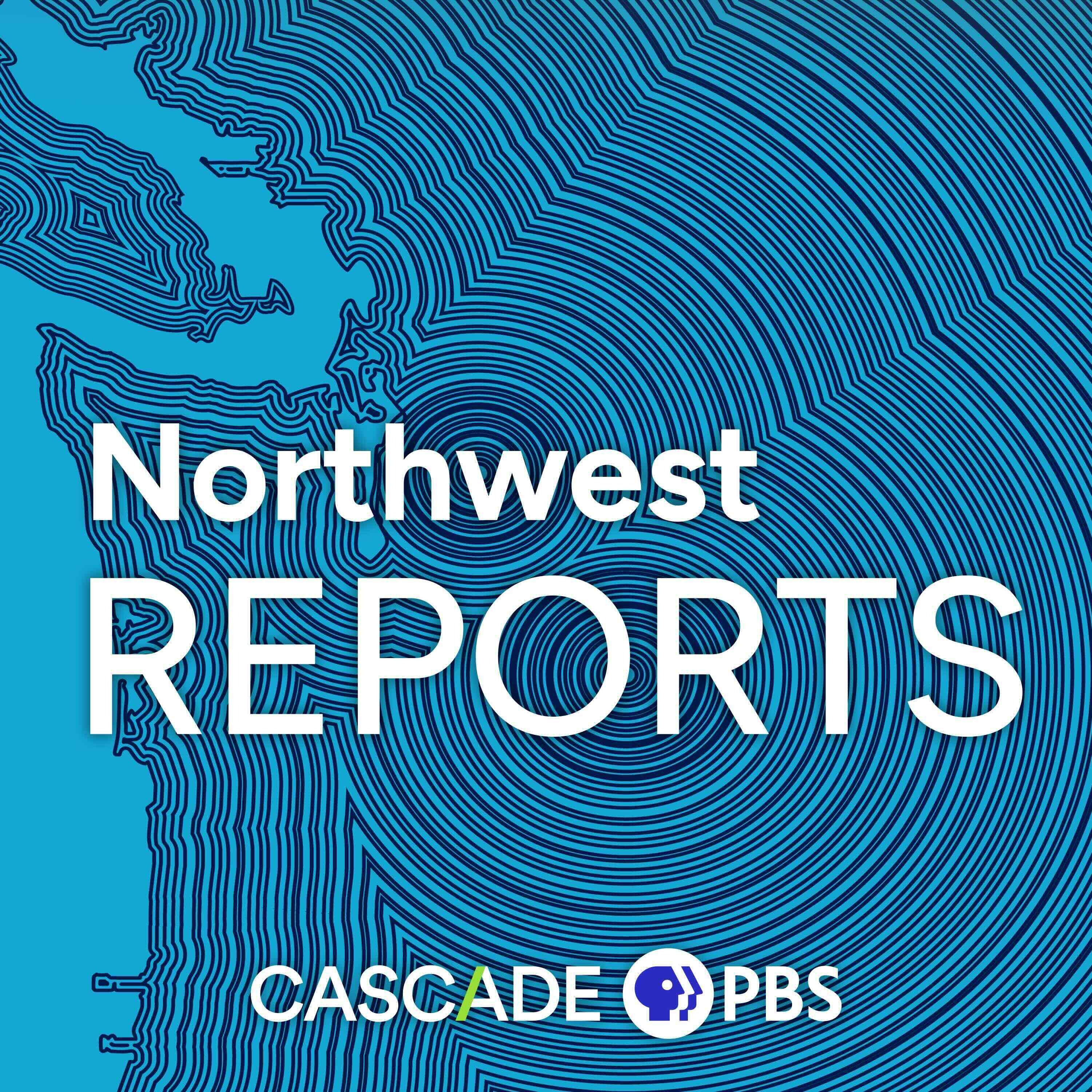REI has appointed three new people to fill vacancies on its board of directors. The move comes after members of the Issaquah-based outdoor retail co-op voted to reject the uncontested slate of candidates put forward by the board in its spring election.
The new board appointees are Lisa Bougie, a venture partner at Alante Capital; Eric Sprunk, a former Nike chief operating officer; and John Vandemore, the chief financial officer at Sketchers.
In a statement, REI Board Chair Chris Carr said each new director “brings a deep connection to both the co-op and the outdoors on top of hands-on executive leadership experience running complex businesses.”
Any REI member can nominate themselves to run for board seats, but the existing board has final say over who appears on the ballot. The REI Union tried nominating two labor-friendly candidates to run for board seats in the election this spring, but the board didn’t put them on the ballot. They instead presented an uncontested slate of three handpicked candidates. The REI Union urged members to vote to “withhold” their votes in protest, and none of the board-backed candidates received enough votes to be confirmed.
If a board candidate doesn’t get a majority of votes in an uncontested race, REI’s bylaws say the existing board can appoint someone to fill the vacancy. The three new appointees will serve full three-year terms, Carr said.
Mark Lloyd is a longtime REI member who withheld his vote in the spring election. He wasn’t happy to hear about the new appointments.
“That certainly does not fulfill the will of the membership that [said] ‘Hey, we have a real problem with what’s going on,’” Lloyd said. REI “essentially invalidated the last board election. They just said … ‘If we don’t get who we want for the election, we just appoint people.’”
Lloyd argued that because REI is a member-owned cooperative, members should have more of a voice on the board.
In the news release, Carr said REI is inviting members with relevant experience to nominate themselves to run for future vacancies on the board of directors. Three current REI board directors have terms set to expire next year, and it’s unclear how many will seek reelection.
Carr said the board is looking for candidates who have experience in protecting public lands, advancing equitable access to the outdoors, and guiding sustainability and climate initiatives in a business environment. They’re also looking for people with experience working with similar-sized businesses that generate more than $1 billion in revenue.
“It’s consistent with how they’ve done things,” Lloyd said. “REI would like to just have other outdoor and retail professionals on their board, and not people that represent the actual members.”
REI has faced financial challenges in recent years. Last week, newly appointed CEO Mary Beth Laughton sent a note to employees announcing a new three-year strategic plan that she said will “put the co-op on solid footing.” The plan calls for a reinvented membership program, an elevated customer service experience and a product assortment that “builds trust, shapes outdoor culture, fosters emotional connection, and reinforces our co-op values.”
REI has faced criticism from some members this year over its approach to labor organizing and other issues. In a survey released last month, REI members listed “organizational values” as a top concern.
Eleven stores across the country, including the REI store in Bellingham, have voted to unionize since 2021, but none have secured a contract. After years of protracted negotiations, REI and the two unions representing organized employees announced in August that they had agreed on a “national bargaining structure” to inform negotiations at unionized stores.
In a statement, the REI Union said it is following the co-op’s recently-announced board of directors appointments and strategic plan to “ensure we’re aware of anything that might impact our members.”
“With a recent agreement establishing a framework for national negotiations with REI, we are focused on reaching a first contract for the 11 unionized stores,” the REI Union said.
REI board directors make an annual salary of $125,000. Members have until 5 p.m. on Oct. 3 to submit their self-nomination materials to run for a board seat in next year’s election.










